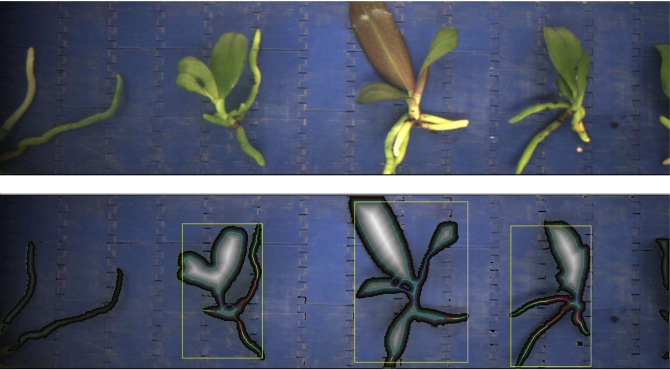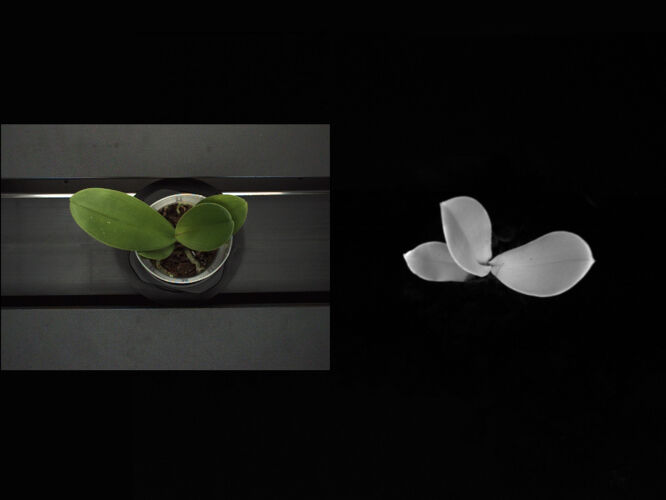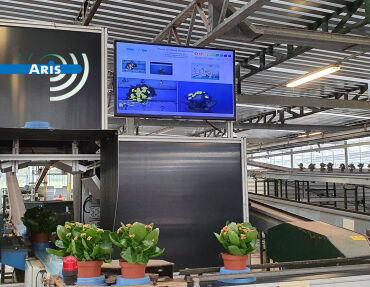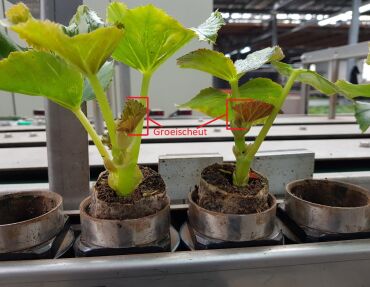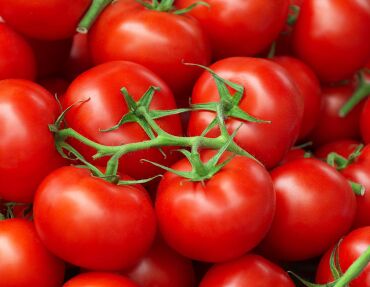What can be measured on young plants in trays?
In a tray of seedlings, a camera from the top will measure the leaf area for each tray cell. The output of the measurement is a matrix containing the leaf areas of each cell. Then statistics derived from this matrix results in a score for each tray.
To obtain a good contrast with the tray, the substrate or soil, we can use different illumination and camera configurations.
It is possible to extend the measurement with leaf color or leaf shape. Deep learning can be applied to detect abnormal plants.
Typically the measurements should be obtained before plants start to overlap each other highly complicating the area per cell measurement.
What can be measured on singularized young plants?
This ranges from area, volume, height and stem thickness to the number of (true) leaves or color, all depending on the system’s configuration.
We can take these images while the young plant is turning around (rotating). The required number of views per rotation is thereby programmable. This allows the recordings to be adjusted to the shape of the plant.

